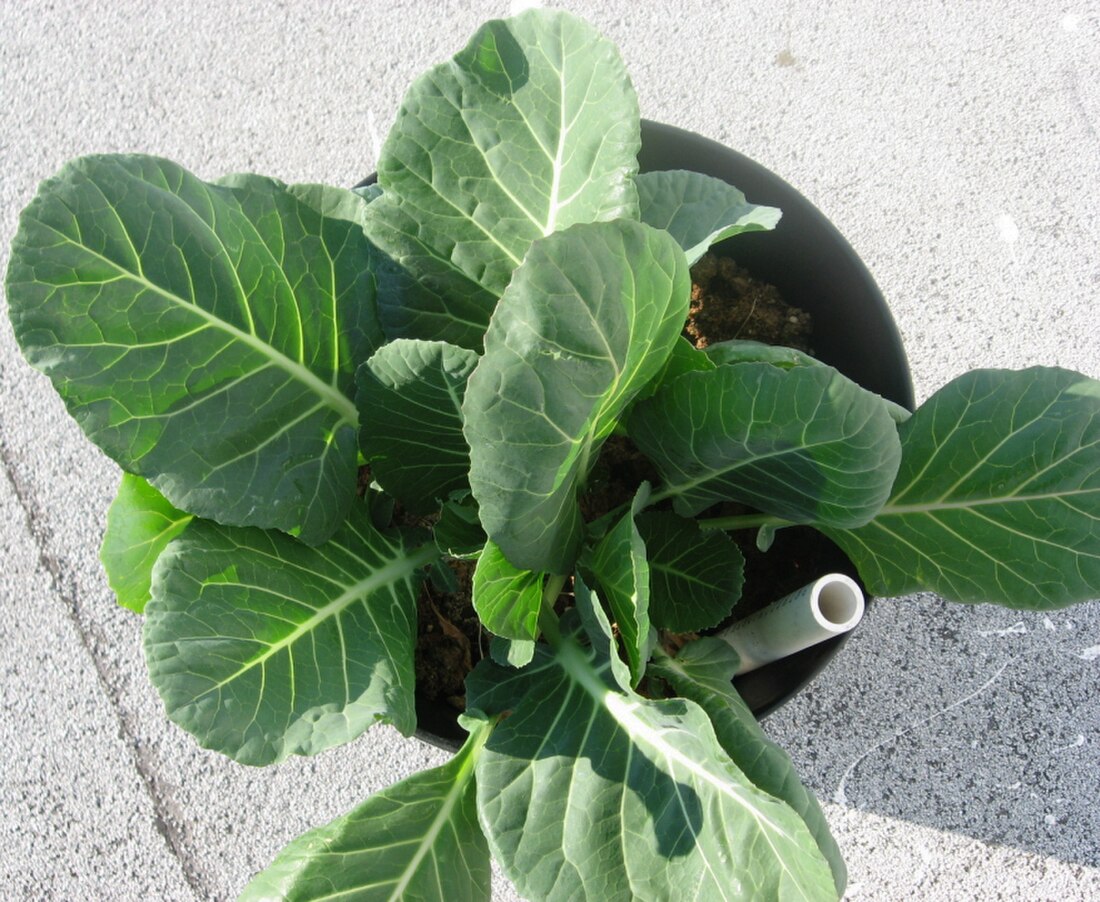Top Qs
Timeline
Chat
Perspective
Acephala group
Type of Brassica plants From Wikipedia, the free encyclopedia
Remove ads
The Acephala group refers to any type of Brassica which grows without the central 'head' typical of many varieties of cabbage. These are included within the species Brassica oleracea, such as kale (Brassica oleracea var. acephala).[1] The name literally means "without a head" in contrast to those varieties known as capitata or "with a head". This group includes a number of species, both wild and cultivated, many of which are grown for their edible leaves and flowers.
Remove ads
Groups of cultivars
It has been suggested that portions of this section be split out into another article titled Brassica oleracea#Cultivars. (Discuss) (March 2023) |
Different sources break down the Brassica genus into different grouping as shown below:
Mabberley
Mabberley (q.v.) has these groups: Napobrassica Group / Pabularia Group / Acephala Group / Alboglabra Group / Botrytis Group / Capitata Group / Gemmifera Group / Gongylodes Group / Italica Group / Tronchuda Group / Chinensis Group / Japonica Group / Pekinensis Group / Perviridis Group / Rapifera Group
Royal Botanic Gardens Kew
Royal Botanic Gardens Kew[2] has eight cultivar groups: Acephala Group (kale, borecole, collards) / Alboglabra Group (Chinese kale, Chinese broccoli, gai lan, kai lan) / Botrytis Group (broccoli, cauliflower, broccoflower, calabrese) / Capitata Group (cabbage, Savoy cabbage, red cabbage) / Gemmifera Group (sprouts, Brussels sprouts) / Gongylodes Group (kohlrabi, knol-kohl) / Italica Group (purple sprouting, sprouting broccoli) / Tronchuda Group (Portuguese cabbage, seakale cabbage)
Remove ads
Members
The Acephala group of cultivars or variety for the species Brassica oleracea includes:[3]
- kale, or borecole, or colewort[4]
- curly kale
- Tuscan kale (cavolo nero), also known as black kale, Lacinato kale, or palm tree kale
- American English collard greens, or collard
- U.K. English Spring greens (Brassica oleracea)
- decorative kale,[5] ornamental kale,[6] flowering kale,[7] flowering cabbage,[8] or ornamental cabbage[9]
- Jersey cabbage, Brassica oleracea longata. The long woody stems are used for walking sticks and the foliage for cow-fodder.[10]
- Scotch kale[11]
Acephala means "no head"[12] as the plants have leaves with no central head; the opposite arrangement of white cabbage, or Savoy cabbage. Each cultivar has a different genome owing to mutation,[13] evolution, ecological niche,[14] and intentional plant-breeding by humans. Mabberley (1997, p. 120) has the Acephala group in three sub-groups: kale, borecole, and collards.[15]
Remove ads
References
External links
Wikiwand - on
Seamless Wikipedia browsing. On steroids.
Remove ads

